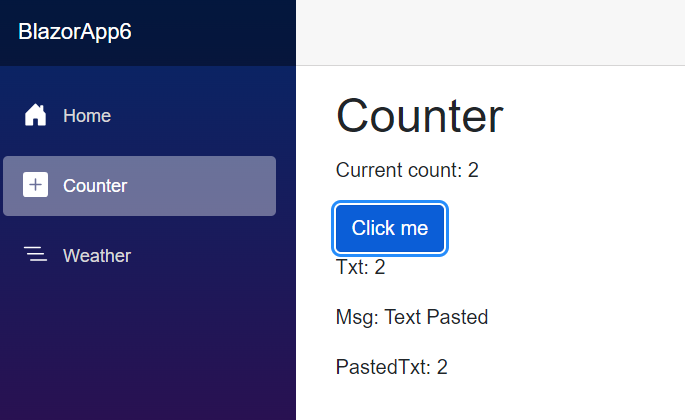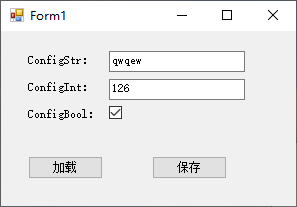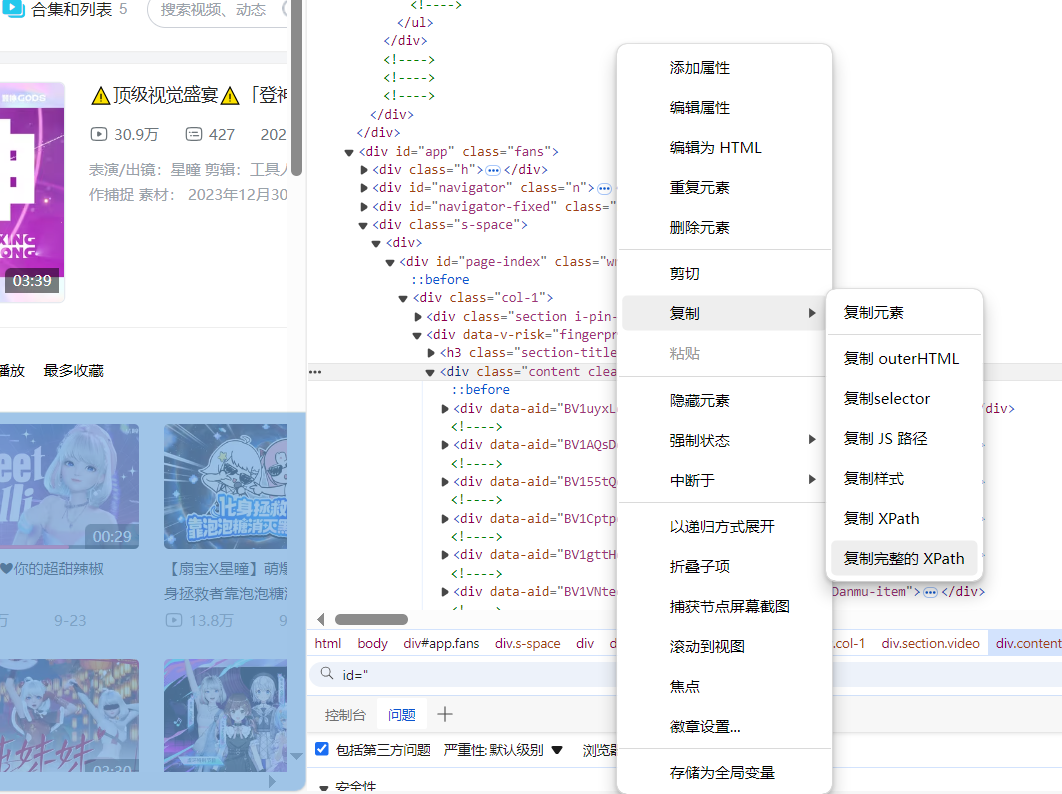有人可以告诉我如何在Encog 3.1中使用多类SVM分类?
我已经使用他们的神经网络取得了一些成功,但无法弄清楚如何设置多类SVM.
文档有这样的说法:
“这是一个由一个或多个支持向量机(SVM)支持的网络.它的设计功能与Encog神经网络非常相似,并且在很大程度上可与Encog神经网络互换.分类用于你希望SVM将输入数据分组到一个或多个类中.支持向量机通常只有一个输出.神经网络可以有多个输出神经元.为了解决这个问题,如果有多个SVM,这个类将创建多个SVM输出指定“
/// <value>For a SVM,the output count is always one.</value>
public int OutputCount
{
get { return 1; }
}
Java或c#中的答案非常感谢
编辑仍然无法解决这个问题.真的很享受使用Encog,但支持论坛只有Jeff Heaton(项目的作者)在他有机会时自己回答,所以即时联系项目代码并添加赏金,希望有人能看到我明显缺少的东西.
该项目:
http://heatonresearch.com/
Google代码上的SupportVectorMachine类:
https://code.google.com/p/encog-cs/source/browse/trunk/encog-core/encog-core-cs/ML/SVM/SupportVectorMachine.cs
解决方法
对不起,响应缓慢.我决定把它作为Encog的常见问题解答.你可以看到FAQ&这里的例子.
http://www.heatonresearch.com/faq/5/2
基本上Encog DOES支持多类SVM.您不需要像神经网络那样需要多个输出.您只需使用单个输出训练它,并且输出是类号,即0.0,1.0,2.0等等,具体取决于您拥有的类数.
这适用于Encog的Java和C#版本.我在C#中做了这个例子.
using System; using System.Collections.Generic; using System.Linq; using System.Text; using Encog.ML.SVM; using Encog.ML.Data; using Encog.ML.Data.Basic; using Encog.ML.Train; using Encog.ML.SVM.Training; namespace MultiClassSVM { class Program { /// /// Input for function,normalized to 0 to 1. /// public static double[][] ClassificationInput = { new[] {0.0,0.0},new[] {0.1,new[] {0.2,new[] {0.3,new[] {0.4,0.5},new[] {0.5,new[] {0.6,new[] {0.7,new[] {0.8,new[] {0.9,0.5} }; /// /// Ideal output,these are class numbers,a total of four classes here (0,1,2,3). /// DO NOT USE FRACTIONAL CLASSES (i.e. there is no class 1.5) /// public static double[][] ClassificationIdeal = { new[] {0.0},new[] {0.0},new[] {1.0},new[] {2.0},new[] {3.0},new[] {3.0} }; static void Main(string[] args) { // create a neural network,without using a factory var svm = new SupportVectorMachine(2,false); // 2 input,& false for classification // create training data IMLDataSet trainingSet = new BasicMLDataSet(ClassificationInput,ClassificationIdeal); // train the SVM IMLTrain train = new SVMSearchTrain(svm,trainingSet); int epoch = 1; do { train.Iteration(); Console.WriteLine(@"Epoch #" + epoch + @" Error:" + train.Error); epoch++; } while (train.Error > 0.01); // test the SVM Console.WriteLine(@"SVM Results:"); foreach (IMLDataPair pair in trainingSet) { IMLData output = svm.Compute(pair.Input); Console.WriteLine(pair.Input[0] + @",actual=" + output[0] + @",ideal=" + pair.Ideal[0]); } Console.WriteLine("Done"); } } }




